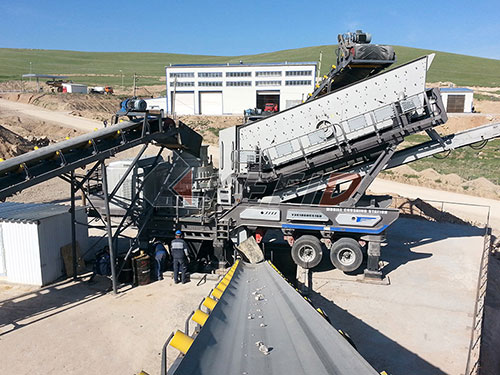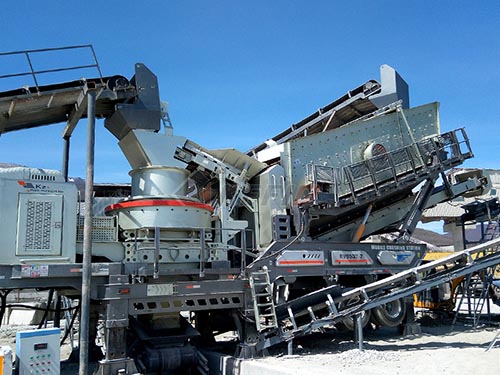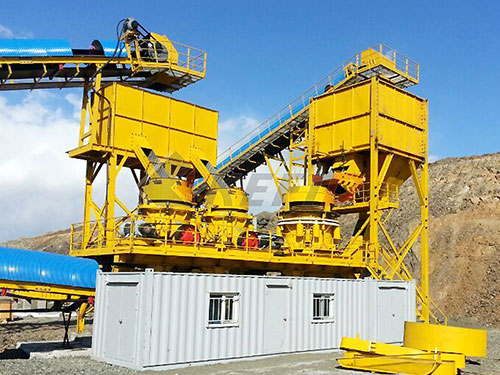The Workhorse of Hard Rock: Understanding the Taylor Type TC Gyratory Primary Crusher
In the demanding world of mineral processing and aggregate production, primary crushing represents the critical first step in liberating valuable materials from blasted rock. Among the robust machines designed for this punishing task, gyratory crushers stand tall, renowned for their high capacity and ability to handle large feed sizes efficiently. Within this category, the Taylor Type TC Gyratory Crusher occupies a significant place in industrial history as a reliable and powerful primary crusher solution.

Core Principle: The Gyrating Motion
Like all gyratory crushers, the Taylor Type TC operates on a fundamental principle: a central vertical shaft with an eccentrically mounted crushing head (the mantle) gyrates within a fixed outer concave crushing surface (the concaves). This gyrating motion creates a progressively narrowing crushing chamber towards the bottom. Rock fed into the top of the chamber is nipped and crushed between the mantle and concaves as it moves downwards under gravity and compression forces, breaking into smaller fragments until small enough to discharge through the gap at the bottom (the closed-side setting).
The Hallmarks of a Primary Gyratory
As a primary crusher, the Taylor Type TC was engineered for specific duties:
1. Large Feed Size: Designed to accept run-of-mine (ROM) rock directly from haul trucks or loaders, handling large boulders often exceeding 1 meter in diameter.
2. High Capacity: Engineered for continuous operation and high throughput rates essential for large-scale mining and quarrying operations.
3. Robust Construction: Built with heavy-duty castings and forgings to withstand immense stresses generated by crushing hard, abrasive rock.
4. Continuous Feed & Discharge: Unlike jaw crushers which have an intermittent action due to reciprocating motion, gyratories offer near-continuous crushing action, promoting steady material flow downstream.
Distinguishing Features of the Taylor Type TC
While sharing core gyratory principles with designs from manufacturers like Metso (formerly Allis-Chalmers) or FLSmidth (Fuller-Traylor), Taylor Machinery Co.’s Type TC incorporated specific design elements:

1. Spider Design: The top assembly (“spider”) supporting the upper section of the main shaft and providing mounting points for dust sealing often had distinct structural characteristics compared to other brands.
2. Concave & Mantle Profiles: The shape of these critical wear

Leave a Reply